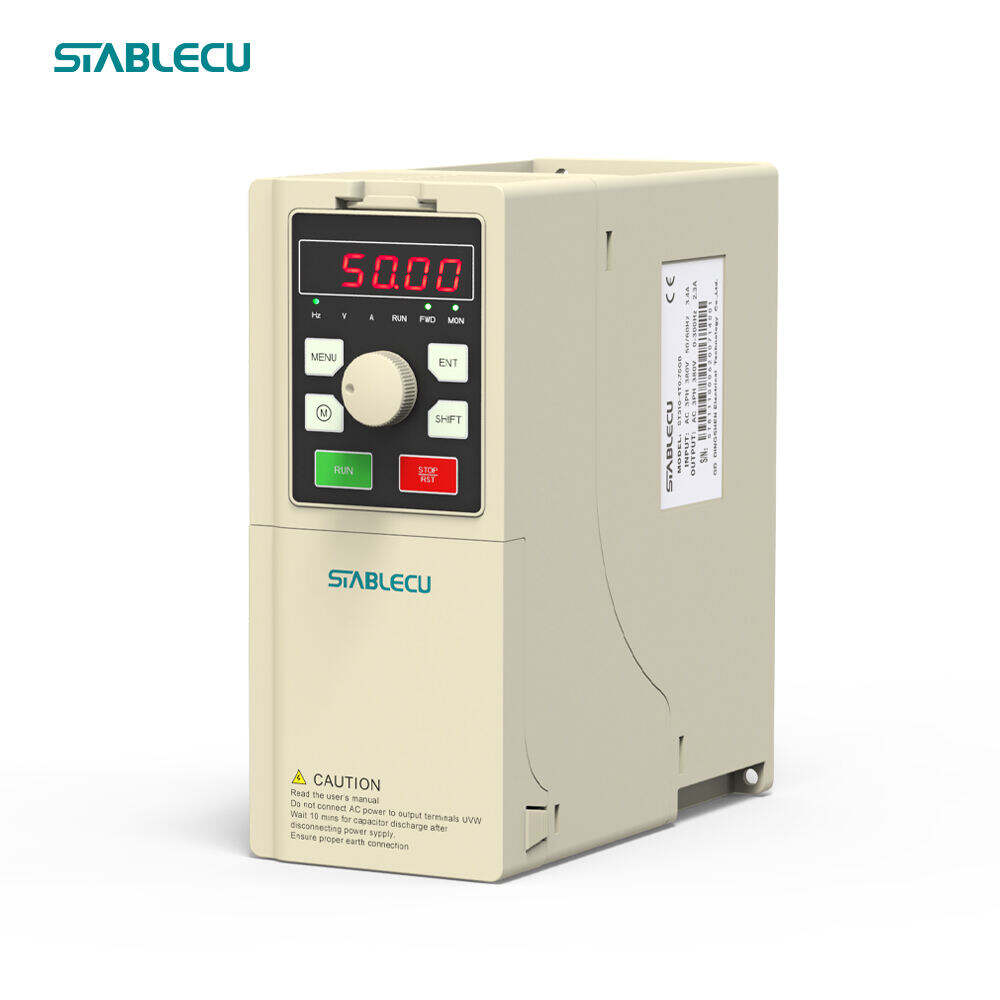The Power of Control: Understanding Variable Frequency Drivers
Variable Frequency Drivers (VFDs) are a major part of efficient management of motor-driven systems in electrical engineering. VFDs modulate the frequency and voltage supplied to an electric motor, thereby allowing a great amount of control over its speed and torque, which results in significant energy savings and improved system performance.
Basics of Variable Frequency Drivers
A Variable Frequency Driver is an electronic device used to change the speed and torque that can be controlled by varying the frequency and voltage applied to it. This is mostly achieved through power electronics that typically involve insulated-gate bipolar transistors (IGBTs), together with other types of semiconductor devices.
Parts of a Variable Frequency Driver
A rectifier changes AC power coming into DC, filter smoothens DC voltage , Inverter turns DC back into AC with variable frequency and voltage. Control unit operates Variable Frequency Driver based on input signals as well as feedback from the motor.
Benefits of Using A Variable Frequency Drives
Using variable frequency drives has several advantages including energy saving, improved motor efficiency, lower stress on mechanical equipment being driven and better process control. These devices are capable of reducing their own power consumption while increasing that for engines’ themselves during manufacturing processes such as materials handling facilities water treatment by matching motors’ speeds to real load requirements.
Usage areas for Variable frequency drivers
Variable Frequency Drives can be applied throughout many industries like HVAC systems or pumps versus conveyors elevators etc. For example material handling facilities water treatment operations where precise speeds are required at all times without jerks or fluctuations during production sequence for example in factories where raw materials are being moved through various stages before they become finished products.
Safety features and protections
Current variable frequency drives have protective mechanisms, overload protection, short-circuit protection, thermal protection etc… This guarantees continuous safe operation for both the VFD itself and its connected motor preventing any damage or downtime due to electrical faults or overload conditions.
In conclusion, Variable Frequency Drivers are indispensable tools in modern industrial and commercial settings, offering unparalleled control over electric motor performance. They can optimize energy usage, improve system efficiency, as well as provide advanced protection features hence making them a critical aspect of any sustainable and cost-effective operation. With the advent of newer technologies, VFDs are anticipated to have more capabilities and applications thus strengthening their position as the mainstay of present-day electrical engineering.


 EN
EN
 AR
AR
 BG
BG
 HR
HR
 CS
CS
 DA
DA
 NL
NL
 FR
FR
 DE
DE
 EL
EL
 HI
HI
 IT
IT
 JA
JA
 KO
KO
 PL
PL
 PT
PT
 RO
RO
 RU
RU
 ES
ES
 SV
SV
 CA
CA
 TL
TL
 ID
ID
 SR
SR
 UK
UK
 VI
VI
 SQ
SQ
 HU
HU
 TH
TH
 TR
TR
 FA
FA
 AF
AF
 MS
MS
 KA
KA
 BN
BN
 LA
LA
 TA
TA
 KK
KK
 UZ
UZ
